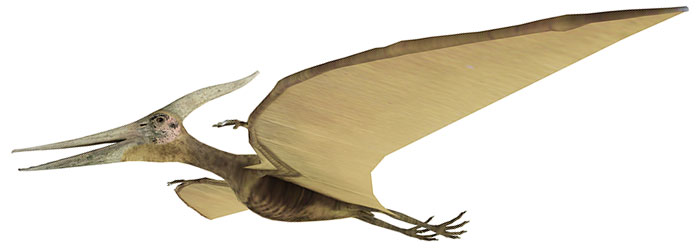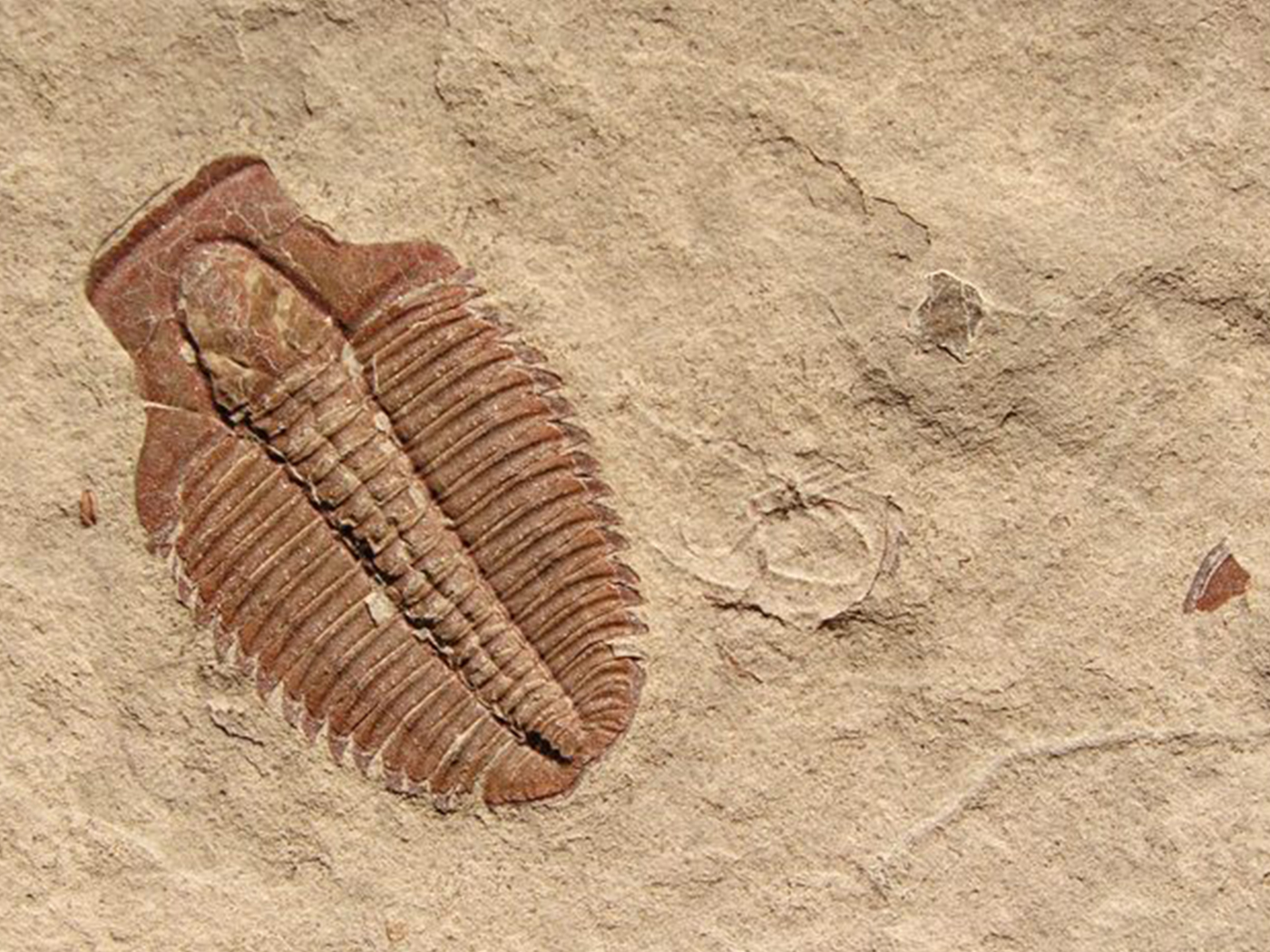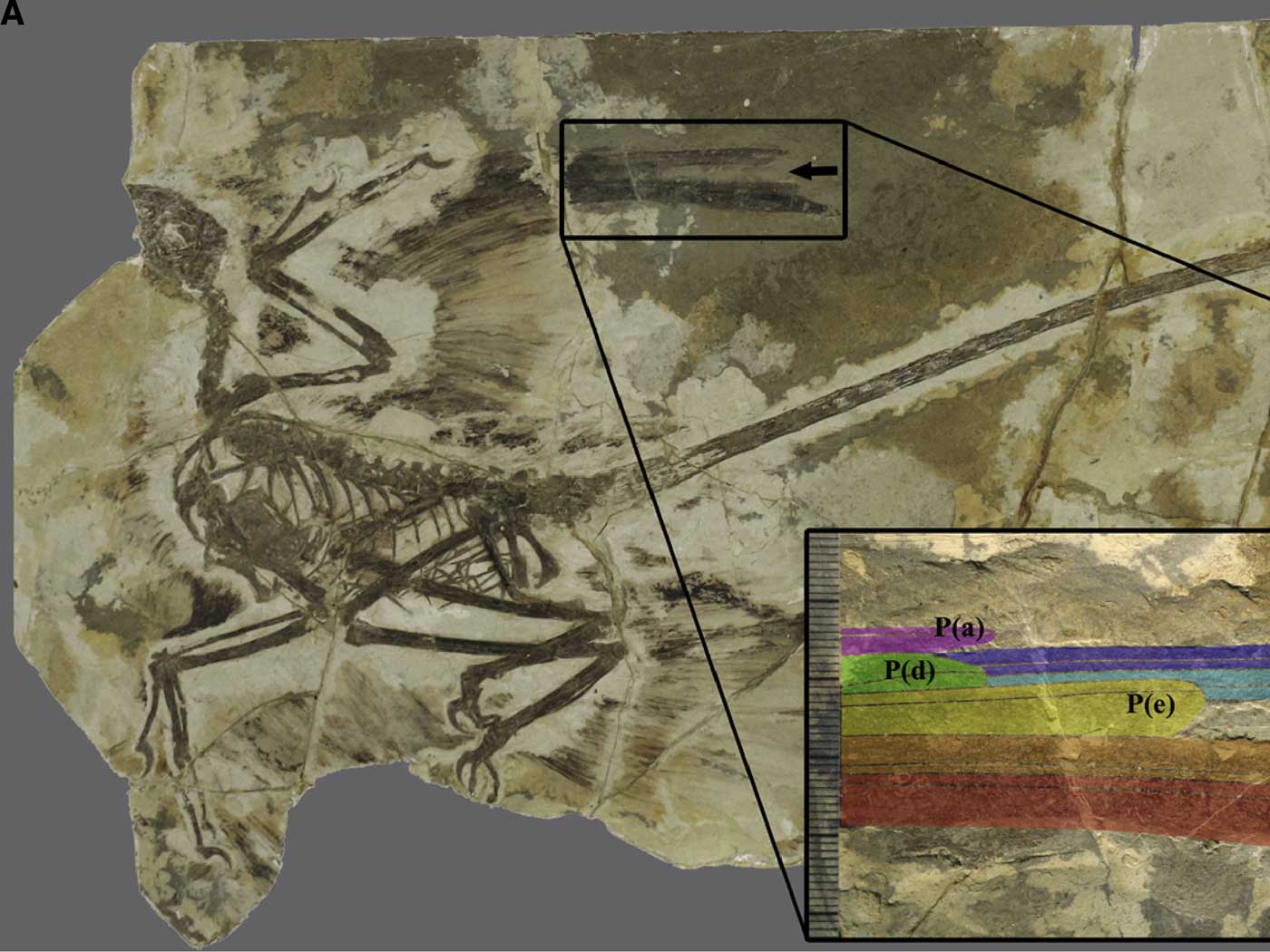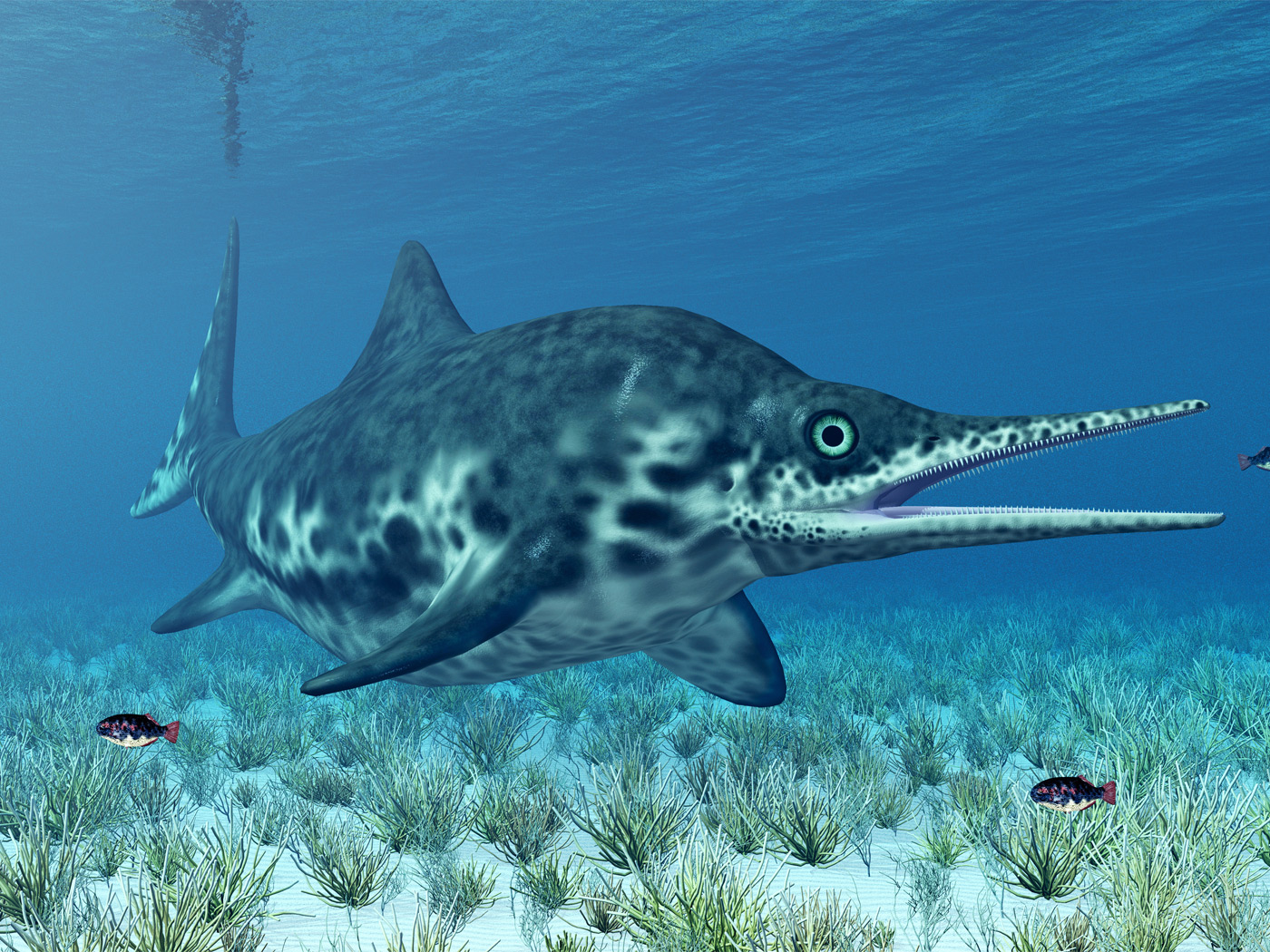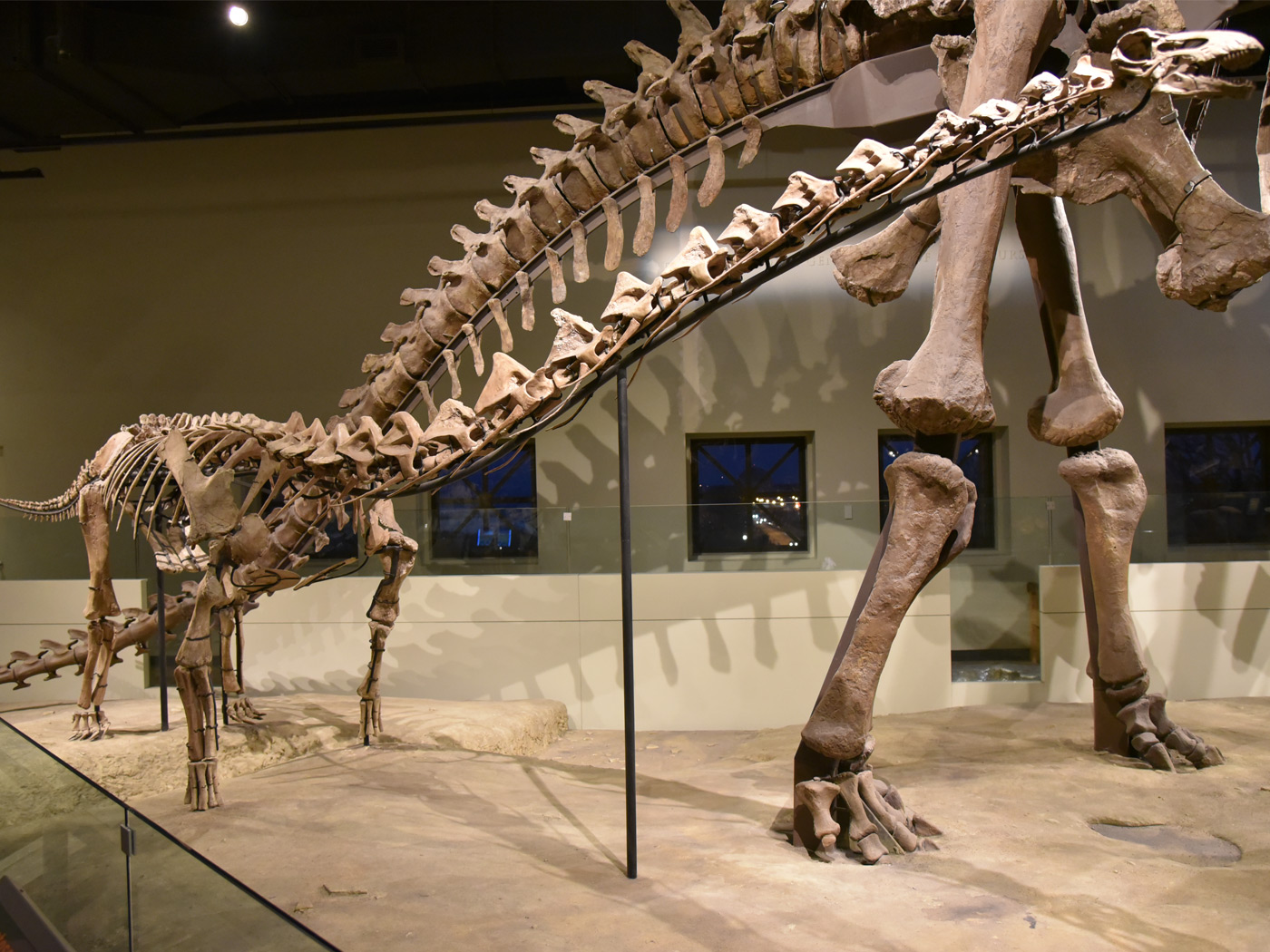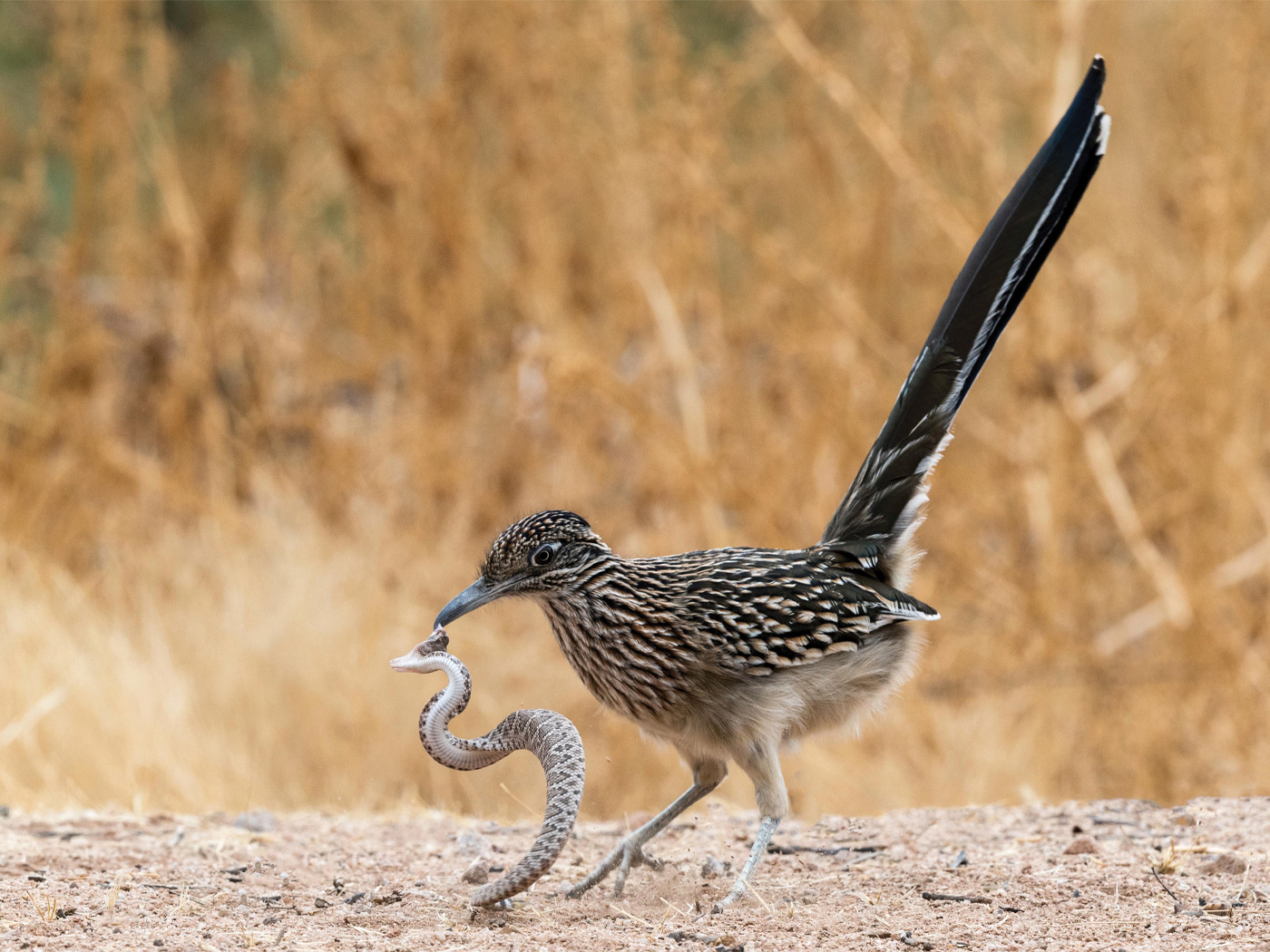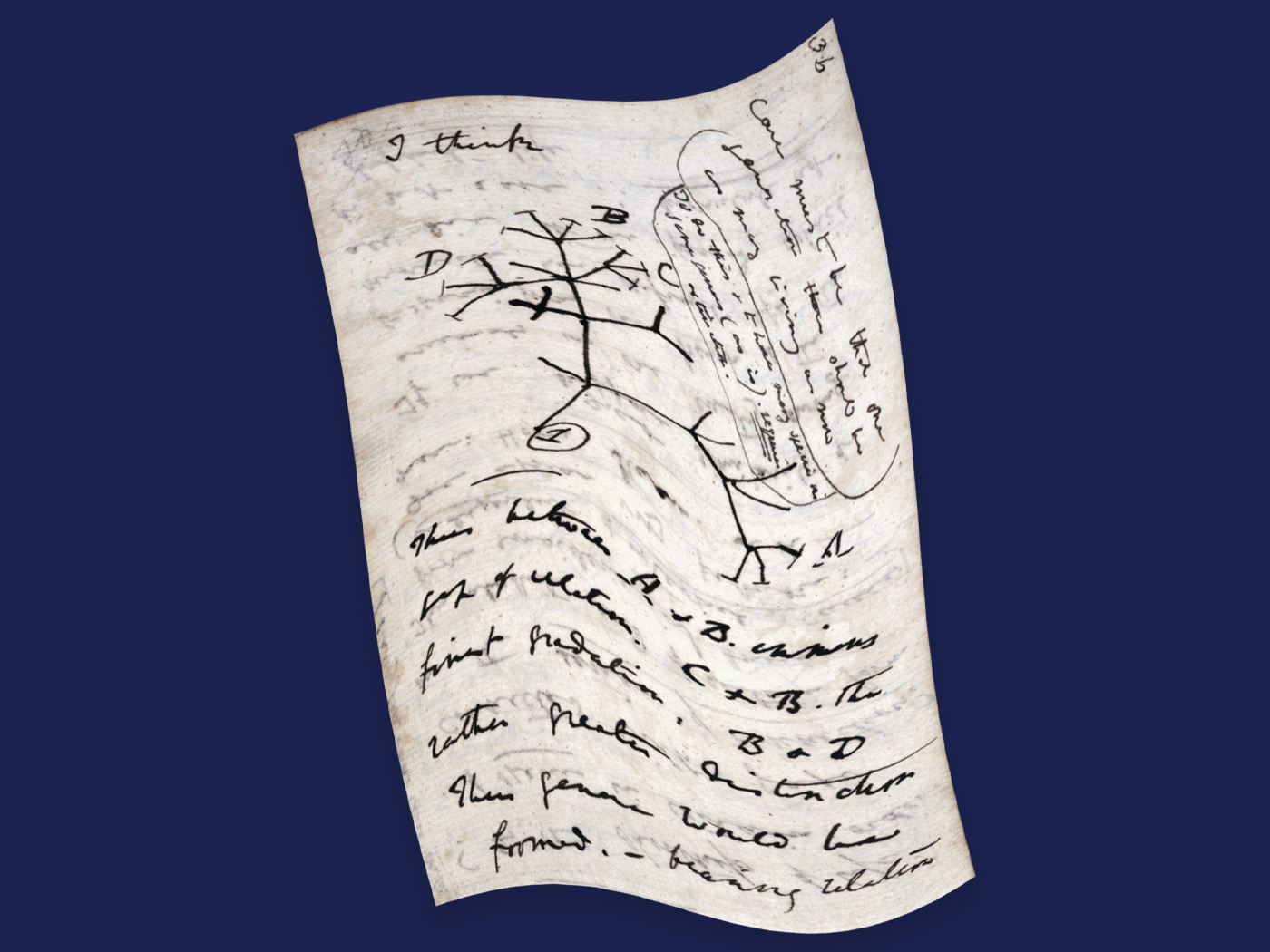Research into pterosaurs—ancient flying reptiles whose fossils lie intermingled with dinosaurs—now approaches an upswing of what some predict will be a revolution of understanding.1 Better details of pterosaur anatomies are painting a different picture than the long-held perceptions of these creatures as clumsy fliers.
In a recent feature in the UK's Observer, writer Mark Witton explained that many view pterosaurs as "gargoyles with lanky limbs." This bad reputation may have been spawned by "poor scientific communication" that indicated "pterosaurs were crude biological hang gliders."2
In actuality, experts are now reconstructing pterosaur biomechanics and finding them to be wonders of aerodynamic precision.3 The old notions of clumsiness are not supported by this fossil evidence—so how did pterosaurs get such a bad rap?
Was the description, "gargoyles with lanky limbs," a result of mere evolutionary speculation? Based on seeing pterosaur fossils occur in strata below other flying vertebrates, perhaps evolutionists reasoned that pterosaurs evolved first and therefore represented evolution's initial, clumsy attempts to produce large flyers. It would then follow that evolution spent millions of years working through numerous aerodynamic issues, eventually generating the supposedly superior flight mechanics of bats and birds.
Pterosaur research is now soaring, and it supports that former "clumsy" conjecture less than ever.
For example, pterosaur tracks in France reveal that these creatures were skillful and adept at landing and take-off procedures.4
Moreover, in his Observer article, Witton confirmed that "scientists are getting a handle on many aspects of pterosaur paleobiology [ancient biology], and the results are casting pterosaurs in whole new lights. They were not evolutionary also-rans, but strong, adaptable animals that earned their 160m [million] years of evolutionary history."2
But what an ironic statement! Surely 160 million years of slow and gradual changes to pterosaur anatomy would have produced more "evolutionary also-rans" before developing the "strong, adaptable animals" the fossils actually reveal. Where are all of evolution's experiments?
For example, a single, long bone supported pterosaur wings while bat wings contain five, finger-like bones that fold like a Chinese fan. Where are the two- or three-boned wings or the half-sized wings that evolution might have produced in its alleged eons of tinkering?
Not a single, undisputed "evolutionary also-ran" candidate exists, despite a century of diligent search.5
The evolutionary timeline fails to match the most obvious pterosaur fossil data, but Genesis history readily explains them. First, pterosaur structure was flight-ready from the get-go because God created it to be. Second, a terrible, watery cataclysm like Noah's Flood buried these winged creatures—often in the same layer as dinosaurs, fish, lizards, small mammals, and birds—leaving behind elegant, fully formed pterosaur fossils with no evidence that intermediary "also-ran" versions ever existed.6
References
- Hone, D.W.E. 2013. Pterosaur Research: Recent Advances and a Future Revolution. Acta Geologica Sinica. 86 (6): 1366-1376.
- Witton, M. Why Pterosaurs Weren't So Scary After All. The Observer. Posted on theguardian.com August 10, 2013, accessed August 23, 2013.
- For example, see references in: Thomas, B. Studies Show Extinct Reptiles Moved with Grace and Ease. Creation Science Update. Posted on icr.org November 19, 2010, accessed August 26, 2013.
- Thomas, B. Pterosaur Flight Plans. Creation Science Update. Posted on icr.org August 31, 2009, accessed August 26, 2013.
- Sherwin, F. 2005. Pterosaur! Acts & Facts. 34 (9).
- Thomas, B. Pterosaur Tracks Show Traces of the Great Flood. Creation Science Update. Posted on icr.org September 2, 2009, accessed August 26, 2013.
* Mr. Thomas is Science Writer at the Institute for Creation Research.
Article posted on September 6, 2013.




